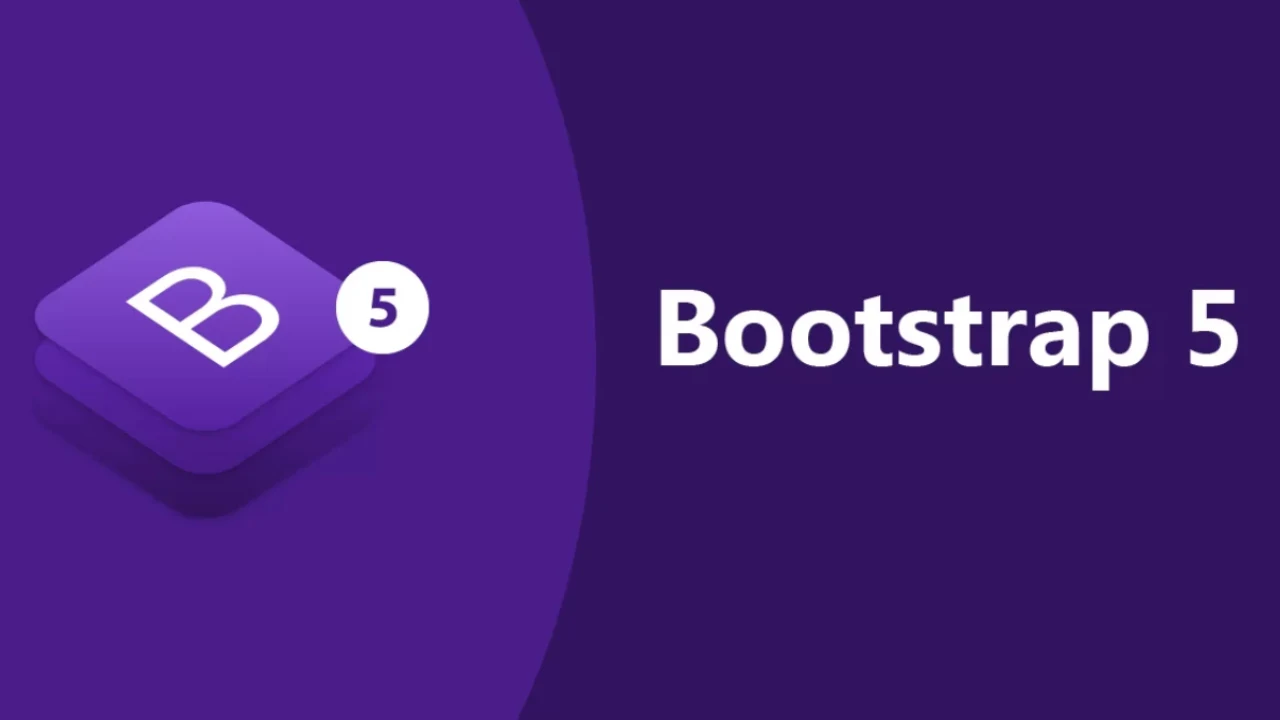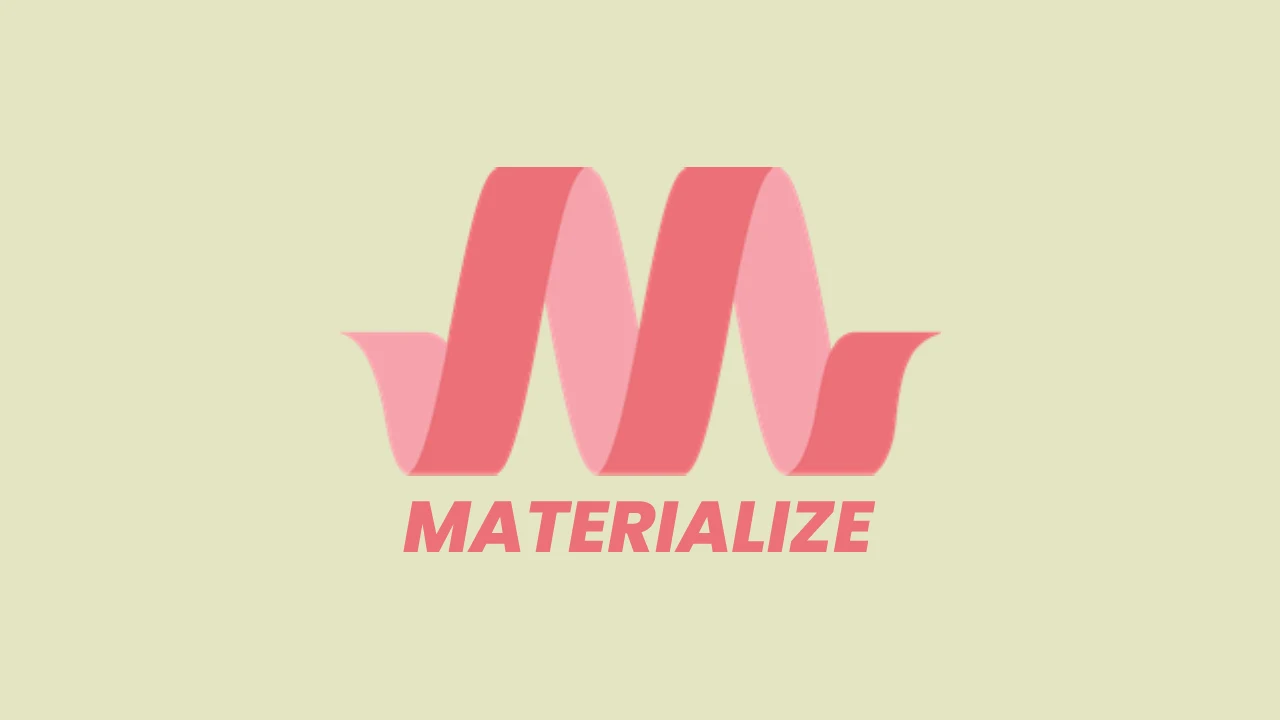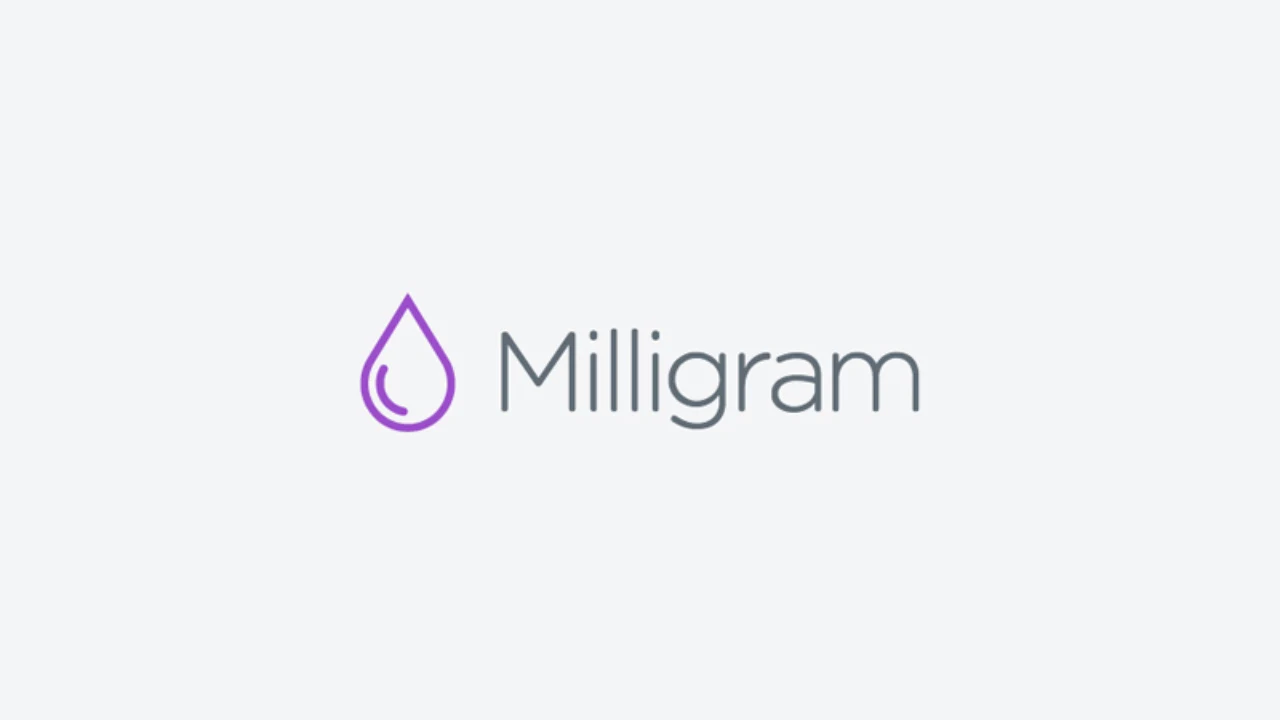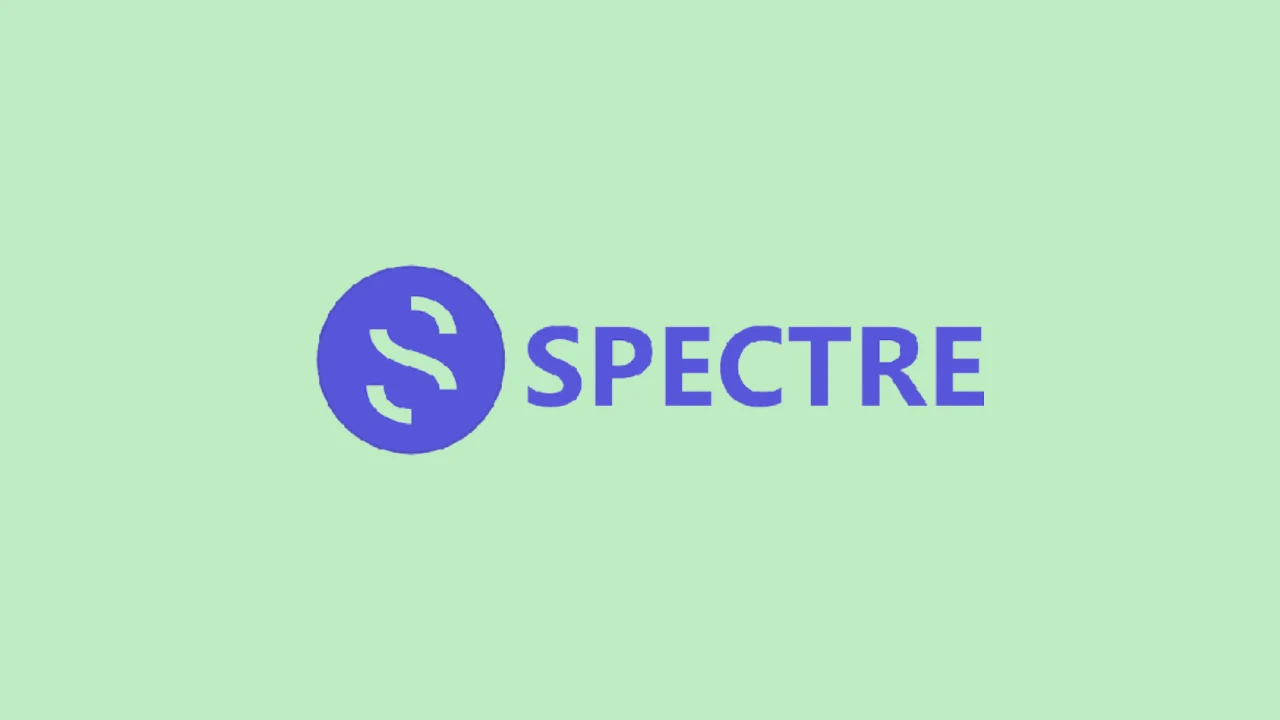10+ CSS Frameworks for Front-End Web Development
CSS frameworks simplify front-end web development by providing pre-built, reusable styles and components. These frameworks allow developers to build responsive, accessible, and visually appealing websites quickly. Below, we’ll explore 10+ CSS frameworks, highlighting their pros, cons, applications, and import links to help you get started.
1. Bootstrap
Bootstrap is one of the most popular CSS frameworks, offering responsive grids, components, and utilities. It is ideal for developers looking for a comprehensive solution for modern web design.
Official Website: Bootstrap
Import Link:
@import url('https://cdn.jsdelivr.net/npm/bootstrap@5.3.0/dist/css/bootstrap.min.css');Pros:
- Comprehensive grid system.
- Large community and extensive documentation.
- Built-in components like modals, buttons, and forms.
Cons:
- Can result in bloated code.
- Customization requires overriding default styles.
Applications:
- Building responsive websites and dashboards.
- Prototyping user interfaces.
2. Semantic UI
Semantic UI emphasizes readable, semantic HTML, making it a favorite for developers who prioritize clean and understandable code.
Official Website: Semantic UI
Import Link:
@import url('https://cdnjs.cloudflare.com/ajax/libs/semantic-ui/2.4.1/semantic.min.css');Pros:
- Readable class names.
- Extensive theming options.
Cons:
- Heavier compared to some alternatives.
- Limited community compared to Bootstrap.
Applications:
- Creating highly readable and maintainable UI designs.
3. Materialize
Materialize is based on Google’s Material Design principles, offering a sleek and modern look.
Official Website: Materialize
Import Link:
@import url('https://cdnjs.cloudflare.com/ajax/libs/materialize/1.0.0/css/materialize.min.css');Pros:
- Follows Material Design principles.
- Includes components like cards and modals.
Cons:
- Less flexible compared to Bootstrap.
- Relatively small community.
Applications:
- Building Material Design-inspired websites.
4. Foundation
Foundation by Zurb is a responsive front-end framework with a focus on performance and accessibility.
Official Website: Foundation
Import Link:
@import url('https://cdnjs.cloudflare.com/ajax/libs/foundation/6.6.3/css/foundation.min.css');Pros:
- Highly customizable.
- Emphasis on accessibility.
Cons:
- Steeper learning curve.
- Smaller community than Bootstrap.
Applications:
- Designing complex, responsive layouts.
5. Bulma
Bulma is a modern CSS framework based on Flexbox, providing responsive and lightweight styles with no JavaScript dependencies.
Official Website: Bulma
Import Link:
@import url('https://cdnjs.cloudflare.com/ajax/libs/bulma/0.9.4/css/bulma.min.css');Pros:
- Lightweight and easy to learn.
- Responsive and built with Flexbox.
- No JavaScript required.
Cons:
- Requires custom implementation for advanced features.
- Smaller community compared to Bootstrap.
Applications:
- Building responsive, lightweight web pages.
- Prototyping modern designs quickly.
6. Ionic
Ionic is a framework designed for building cross-platform mobile and web apps with a consistent look and feel.
Official Website: Ionic
Import Link:
@import url('https://cdn.jsdelivr.net/npm/@ionic/core/css/ionic.bundle.css');Pros:
- Optimized for mobile development.
- Supports native-like functionality.
Cons:
- Primarily suited for mobile-first development.
- Dependency on JavaScript frameworks like Angular.
Applications:
- Building mobile and web hybrid apps.
7. UI Kit
UI Kit is a lightweight and modular CSS and JavaScript framework for developing fast and powerful web interfaces.
Official Website: UI Kit
Import Link:
@import url('https://cdn.jsdelivr.net/npm/uikit@3.16.20/dist/css/uikit.min.css');Pros:
- Modular and customizable.
- Lightweight and fast-loading.
Cons:
- Limited community support compared to larger frameworks.
Applications:
- Developing modern, modular web interfaces.
8. Pure CSS
Pure CSS is a lightweight framework designed to create layouts without unnecessary styles or JavaScript.
p>Official Website: Pure CSSImport Link:
@import url('https://cdnjs.cloudflare.com/ajax/libs/pure/2.0.6/pure-min.css');Pros:
- Minimal and focused on layouts.
- Compatible with most browsers.
Cons:
- Lacks advanced components.
Applications:
- Creating lightweight and responsive layouts.
9. Milligram
Milligram is a minimalistic framework designed to provide a clean starting point for responsive designs.
Official Website: Milligram
Import Link:
@import url('https://cdnjs.cloudflare.com/ajax/libs/milligram/1.4.1/milligram.min.css');Pros:
- Extremely lightweight and simple.
- Quick to set up and use.
Cons:
- Limited pre-designed components.
Applications:
- Creating fast, simple, and responsive web pages.
10. Spectre.css
Spectre.css is a lightweight, responsive, and modern CSS framework focused on performance.
Official Website: Spectre.css
Import Link:
@import url('https://cdnjs.cloudflare.com/ajax/libs/spectre.css/0.5.9/spectre.min.css');Pros:
- Lightweight and efficient.
- Includes utility classes for rapid development.
Cons:
- Lacks advanced components and features.
Applications:
- Creating lightweight, clean web designs.
11. Paper CSS
Paper CSS is a fun and lightweight framework designed to create designs resembling physical paper.
Official Website: Paper CSS
Import Link:
@import url('https://cdnjs.cloudflare.com/ajax/libs/papercss/1.9.2/paper.min.css');Pros:
- Unique and playful design.
- Very lightweight.
Cons:
- Limited use cases.
Applications:
- Fun or creative personal projects.
- Unique presentations or prototypes.
Conclusion
CSS frameworks have revolutionized web development, providing tools that simplify design and coding processes. Whether you are building a small personal project or a large-scale application, choosing the right framework can save time and enhance your workflow. Explore these frameworks and determine which one suits your project requirements best.












Comments
Post a Comment